Savaball is the most prestigious gathering of the Serbian community in the capital of Austria and, at the same time, part of the famous Viennese ball season. The idea for organizing Savaball and restoring the tradition arose when the “Johan Strauss” society from Vienna requested the support of Serbs in Austria for printing the collected works of Johann Strauss.
Within those works, there was also the “Serbian Quadrille”. Searching for the history of this composition’s creation revealed that Prince Miloš Obrenović, who lived in Vienna since 1842 and attended Viennese balls, commissioned Johan Strauss’s son (the younger) to write a composition suitable for the Slavonic Ball. This is how the composition “Serbian Quadrille” was created, and it was performed for the first time at the Slavonic Ball in Vienna in 1846. With the Slavonic Ball, Miloš Obrenović wanted to gather prominent Serbs who lived and worked in the Austrian capital at that time, and among them were the greats Vuk Stefanović Karadžić and Branko Radičević. Foreign diplomats, Serbian officials, high-ranking officers with their families, as well as many prominent citizens of Austria, gave importance to the Slavic Ball through their presence.
As the waltzes, polkas, and quadrilles filled the salons, the music of Serbian piano from the 19th century resonated throughout the room. The sound of the keys being struck with precision and skill set the stage for a night of elegant ballroom dance. The swirling and undulating logo, a symbol of the fluidity and movement of the River Danube, captured the energy and vitality of the dance and the region’s cultural traditions. The moody yellow and deep blue hues, chosen to evoke the spirit of the music and dance, shone brightly in the light of the chandeliers.
At the core of this striking symbol lay a sense of flow and grace, essential elements of the art of ballroom dance and the intricate melodies of Strauss Jr. The wave-like design, a reflection of motion and fluidity, served as a reminder of the beauty and elegance of these cultural traditions of Belgrade and Vienna. The logo is created as a powerful and distinctive emblem, representing the rich history and cultural heritage of the ballroom dances dating back to the early 19th century when it all started.
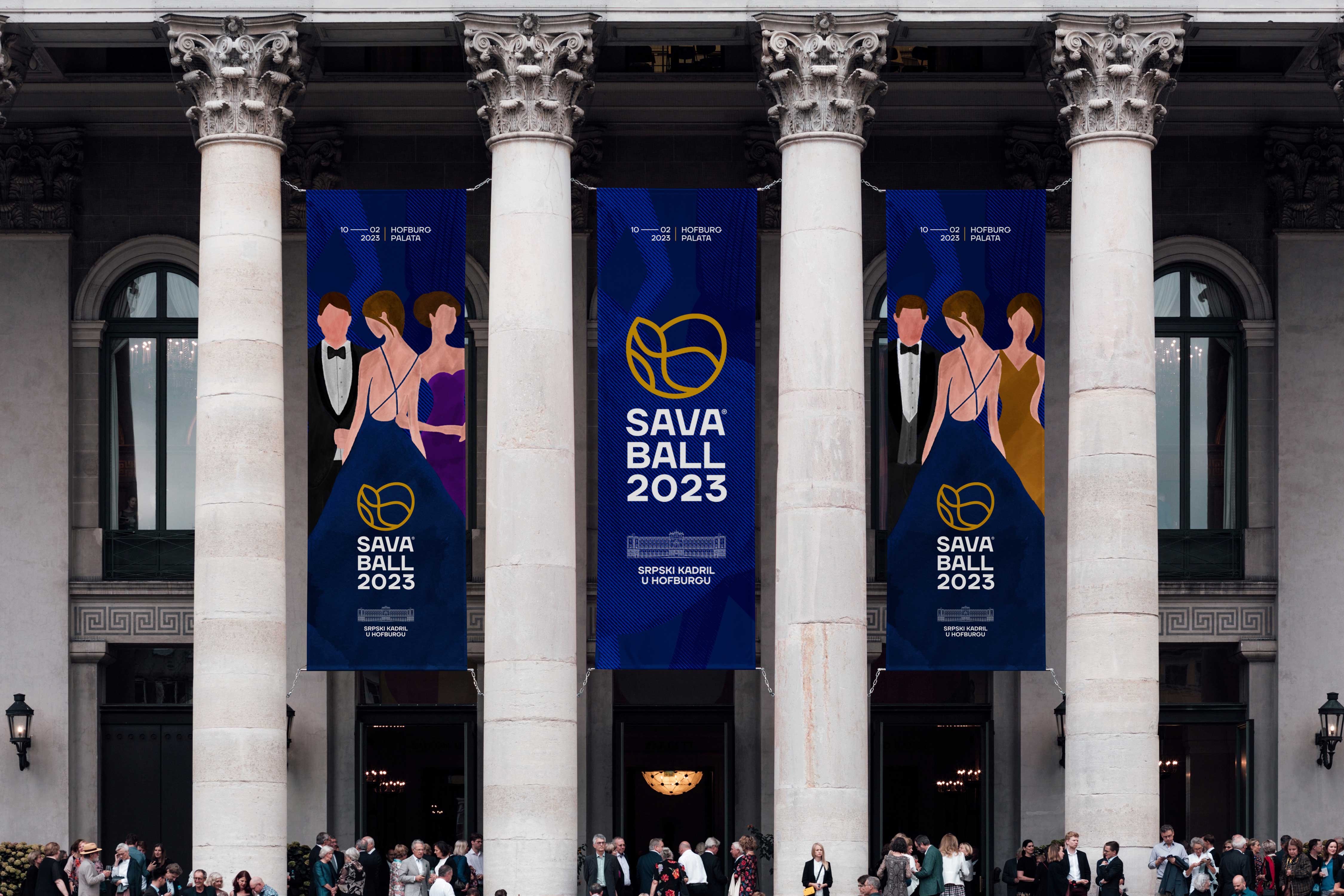
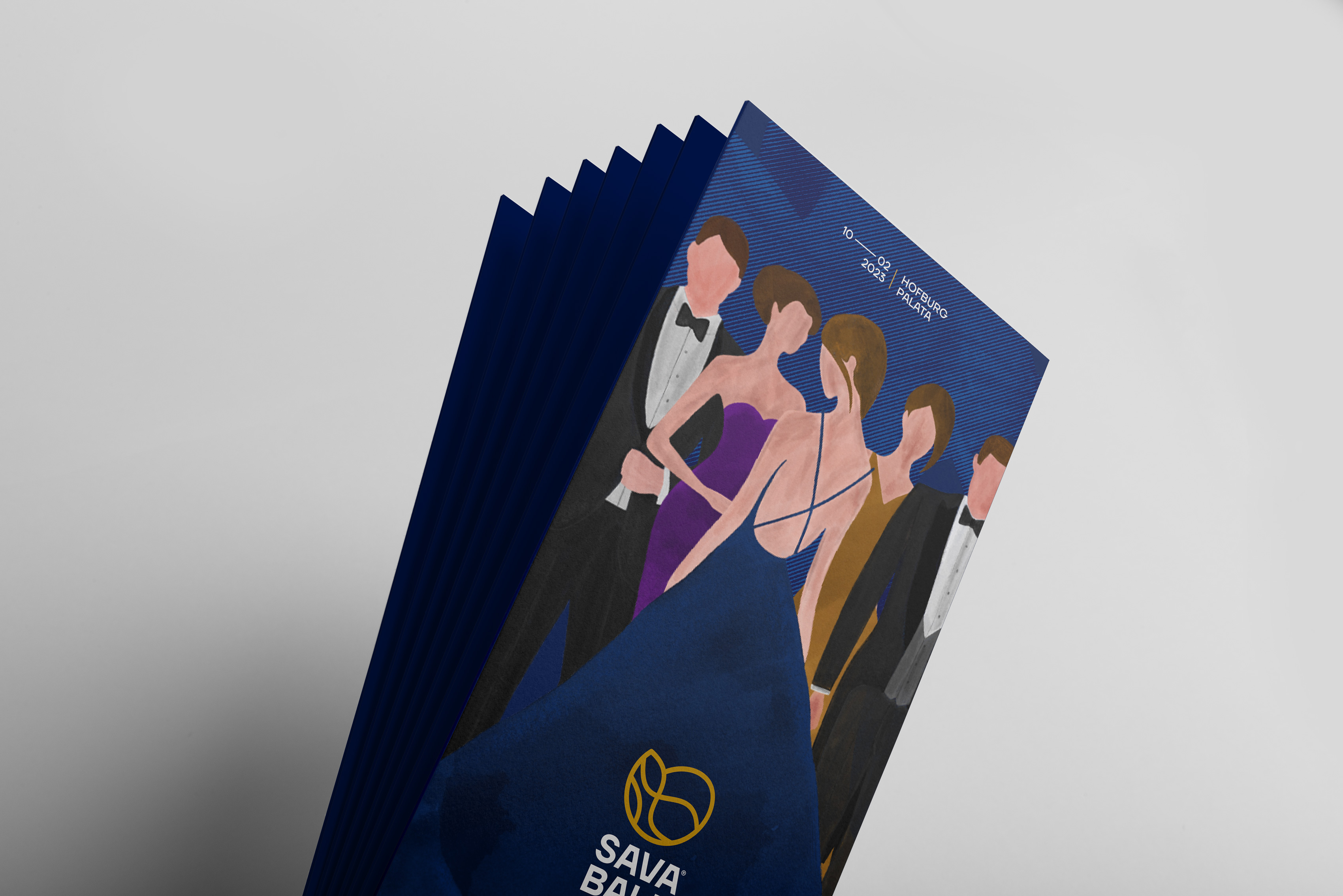
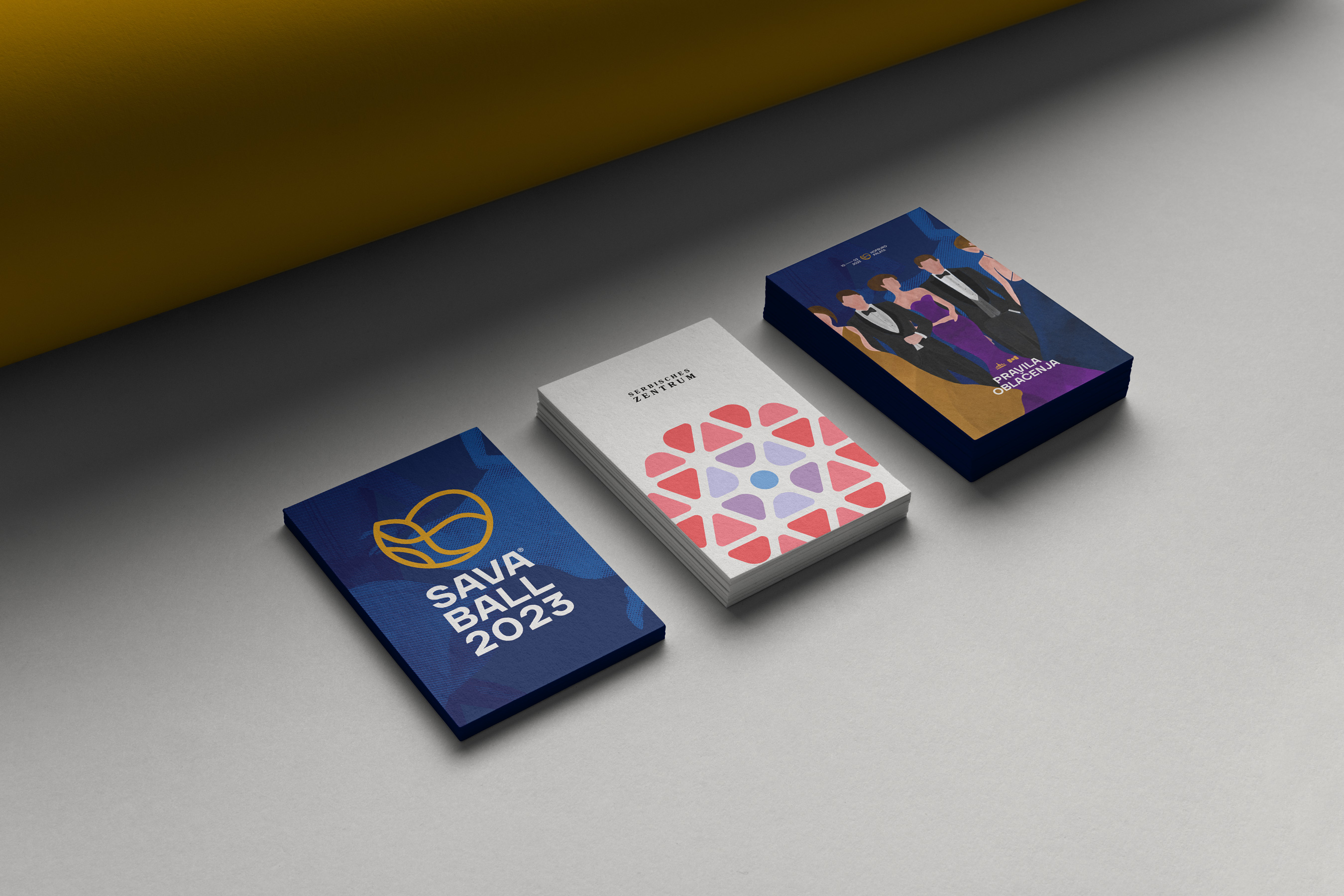
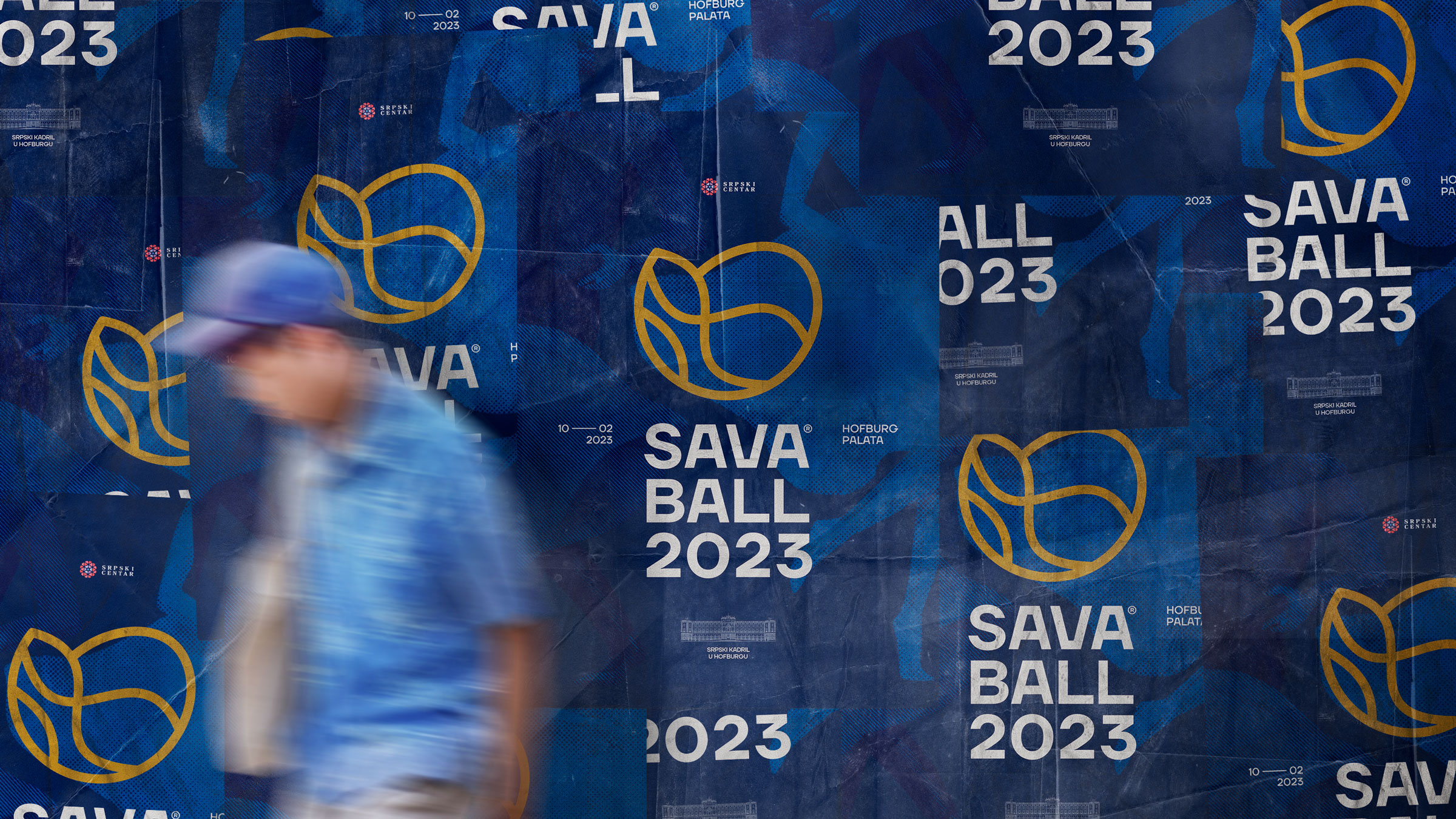
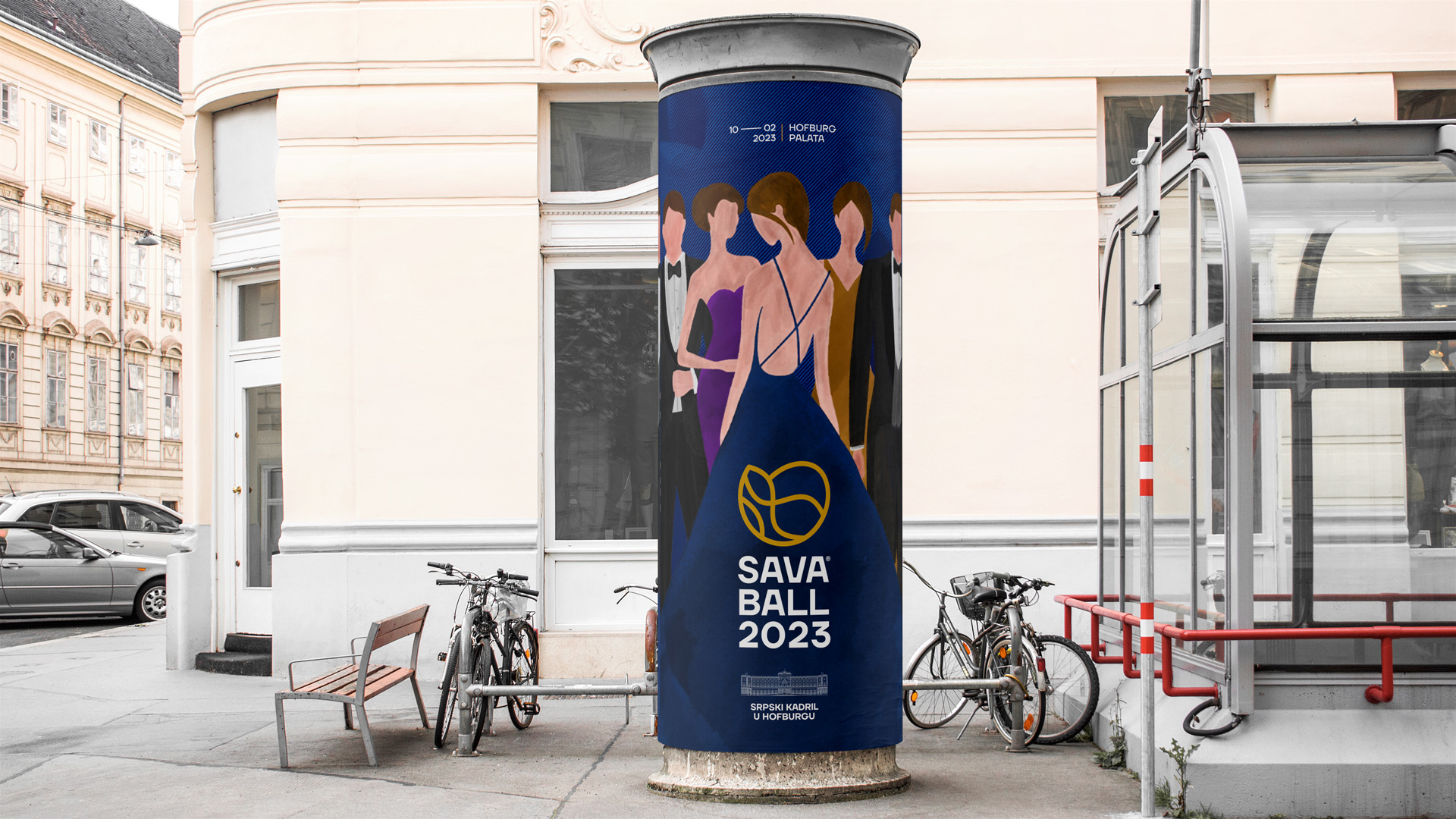
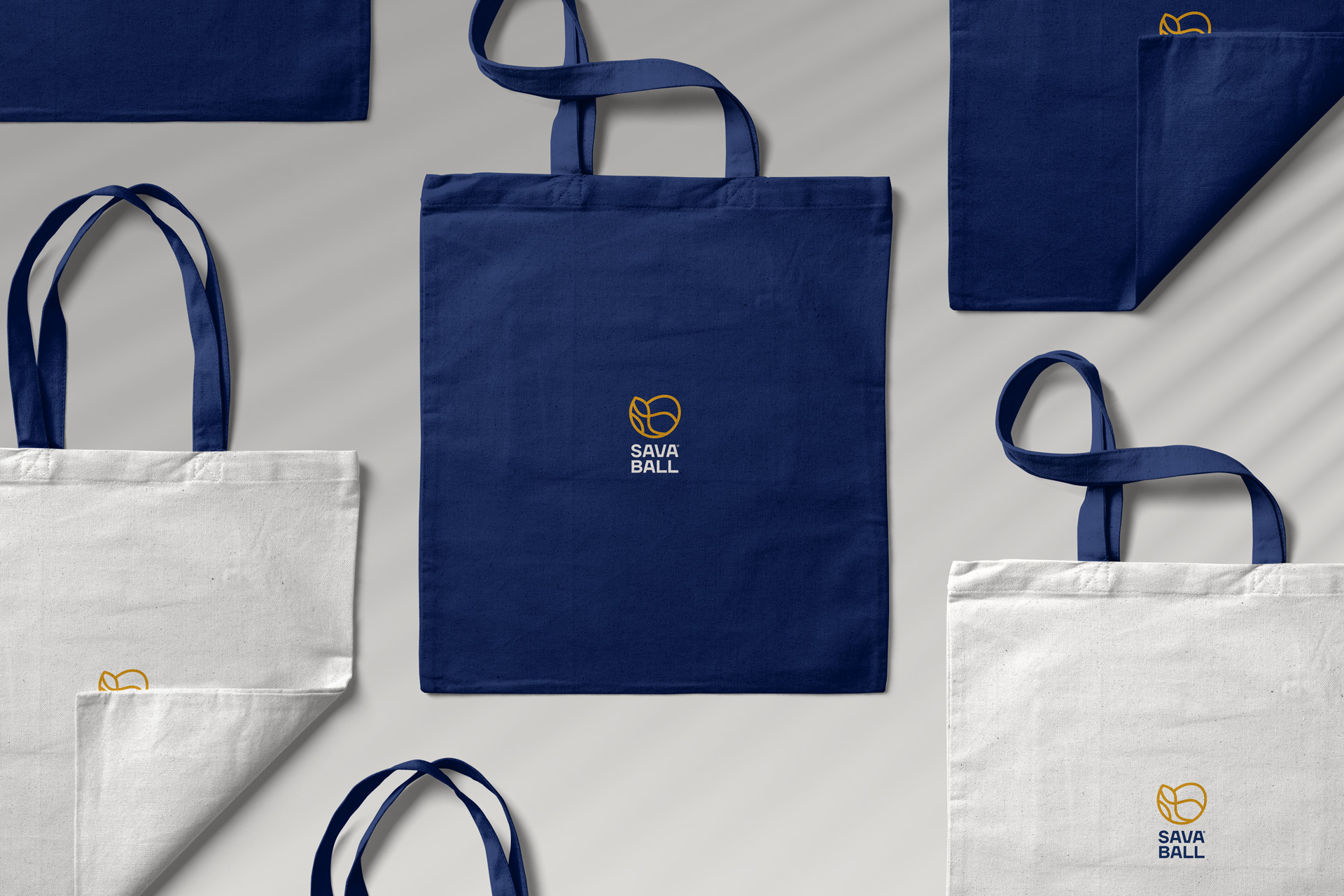
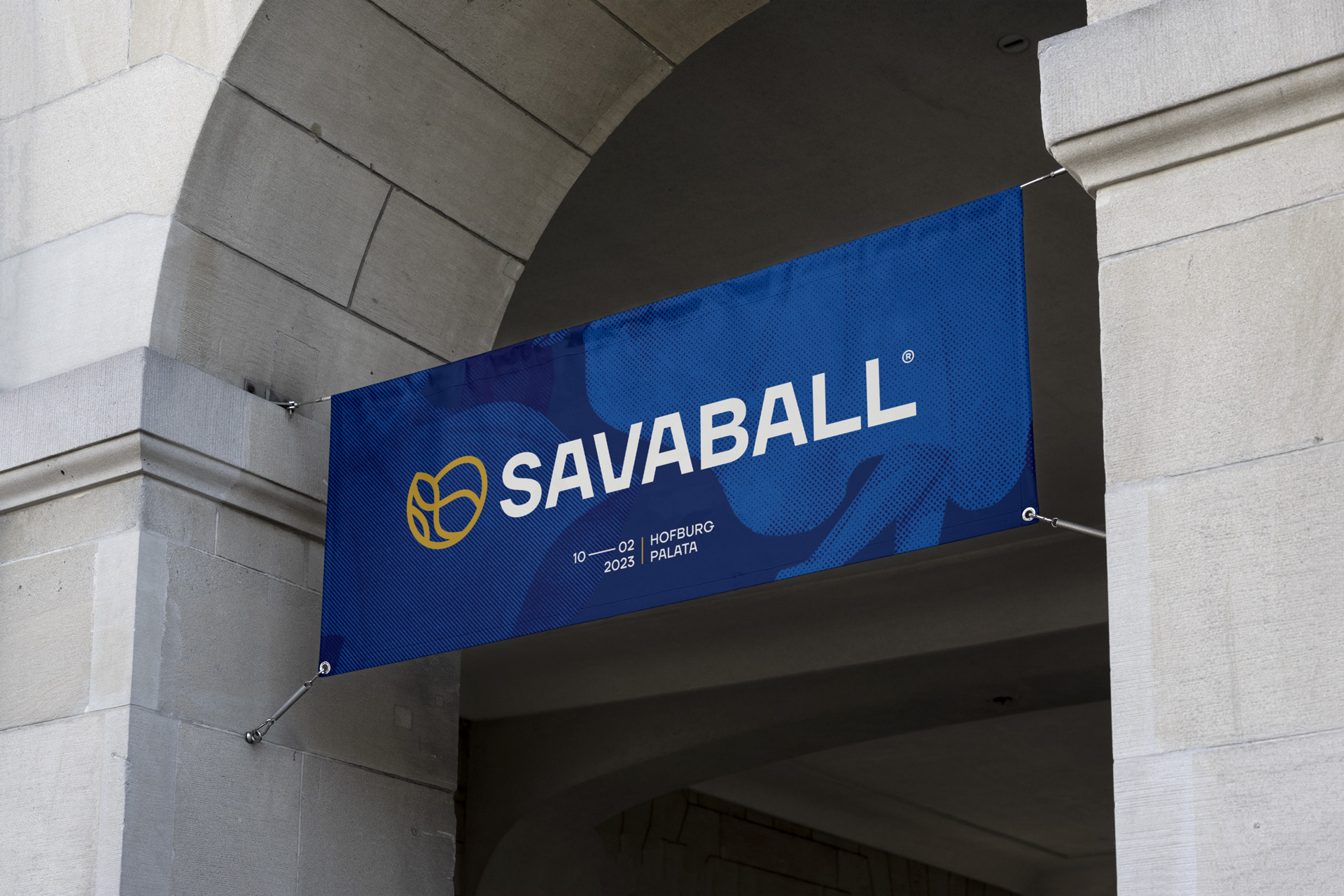
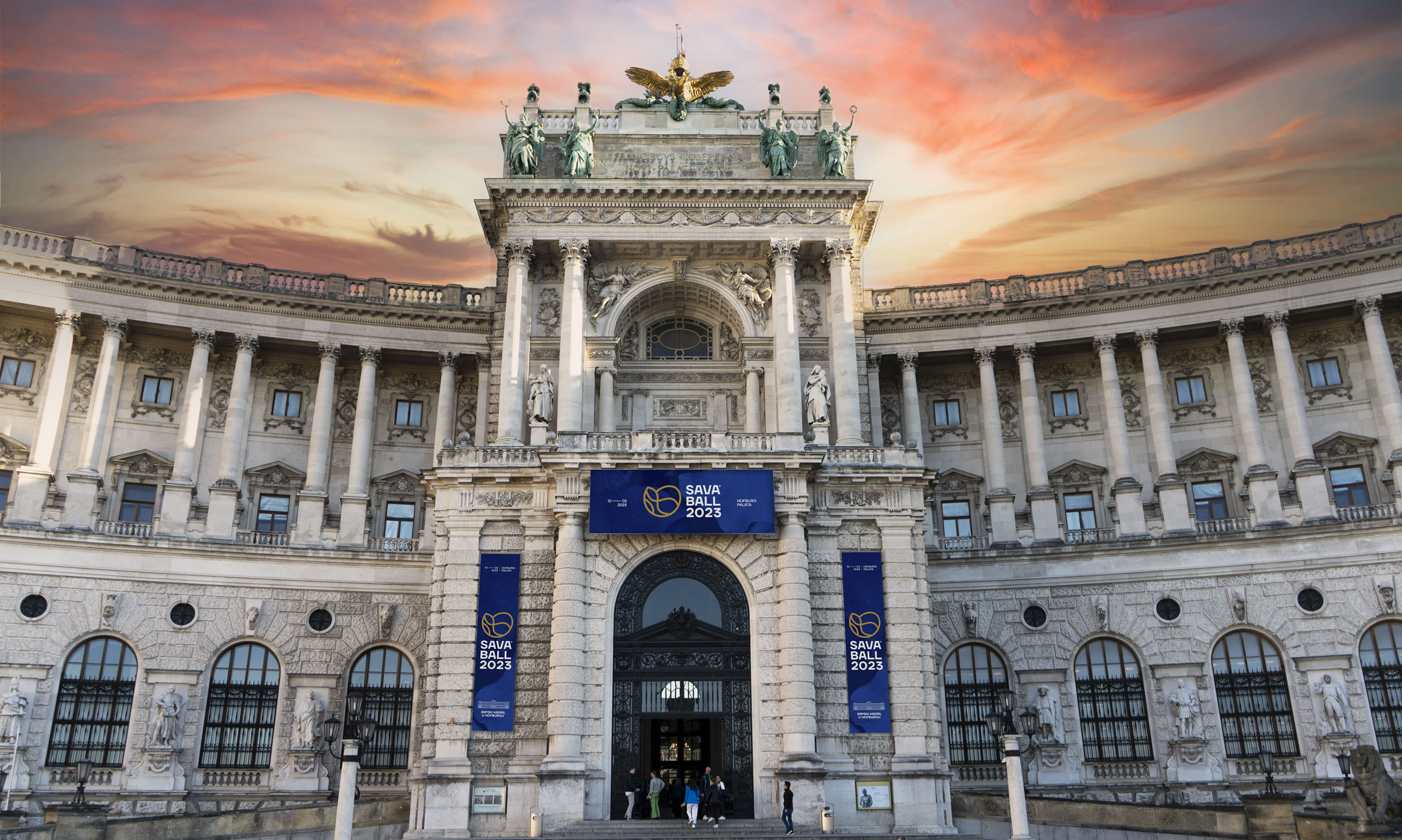
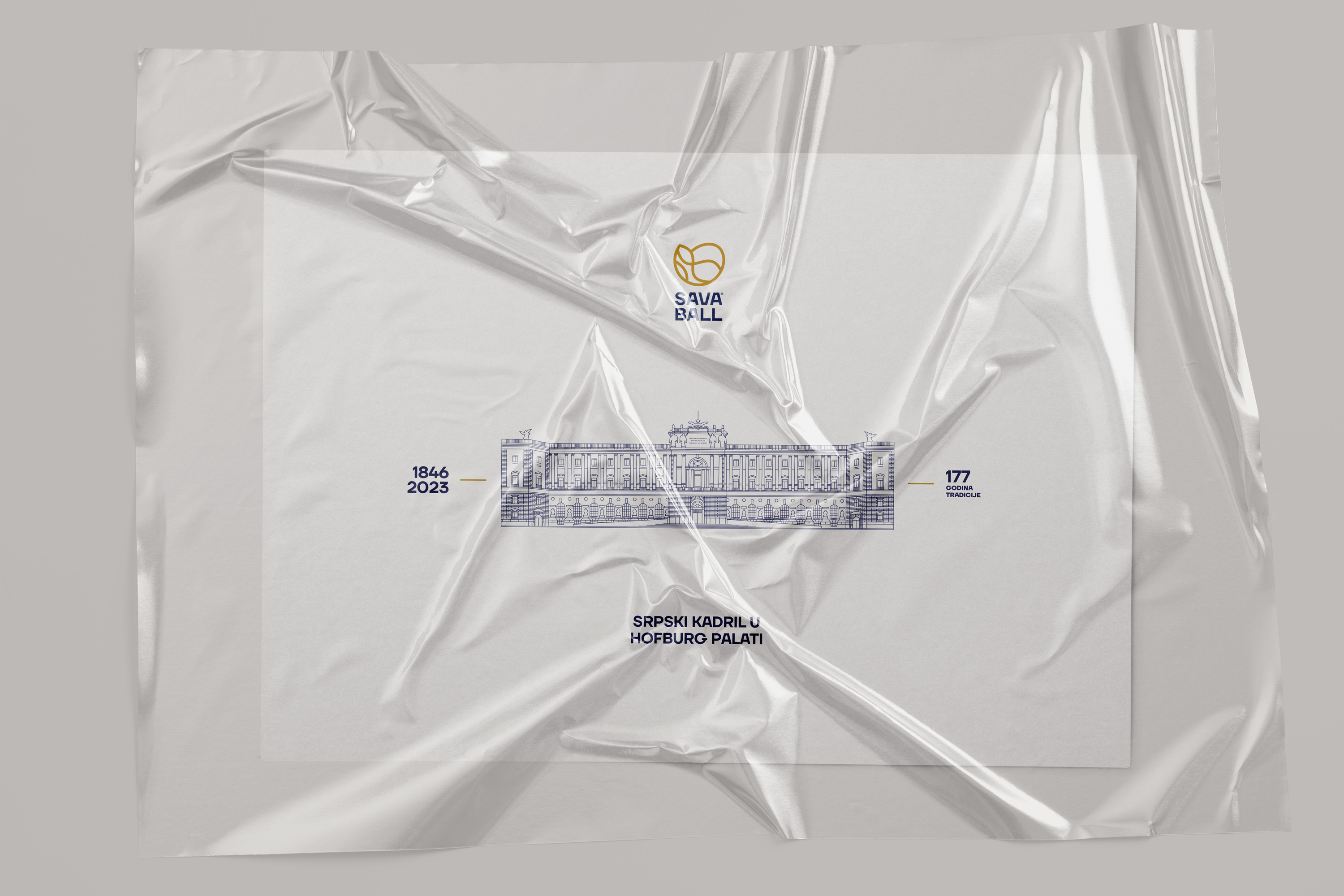
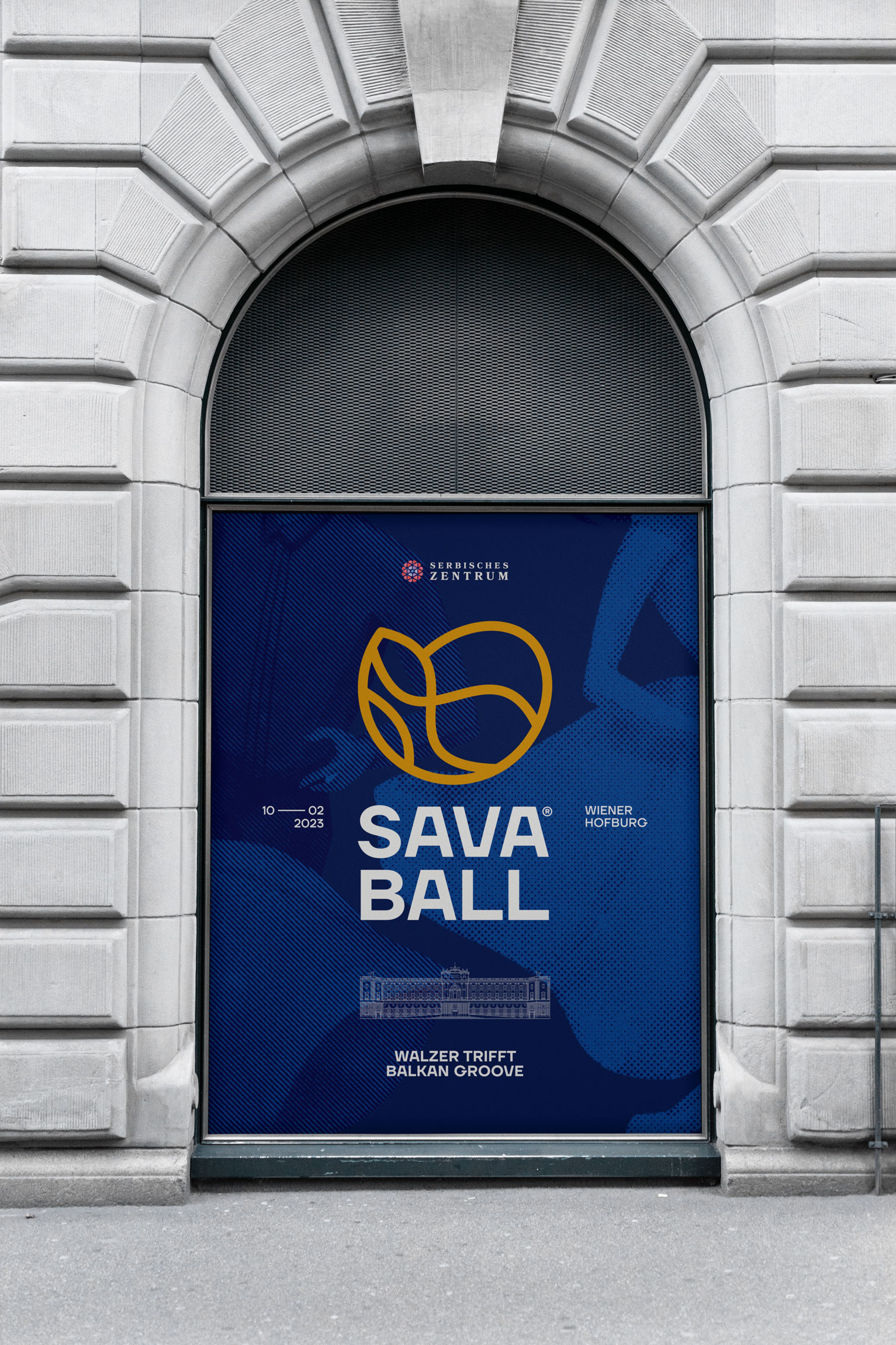
CREDIT
- Agency/Creative: [Studio] General Condition
- Article Title: Savaball Brand Design
- Organisation/Entity: Agency
- Project Type: Identity
- Project Status: Published
- Agency/Creative Country: Serbia
- Agency/Creative City: Belgrade
- Market Region: Europe
- Project Deliverables: Brand Creation, Brand Design, Brand Identity, Logo Design, Web Design
- Industry: Entertainment
- Keywords: ball, ballroom, ball event, hofburg palace, vienna, austria
-
Credits:
Designer: Jovan Lakic











